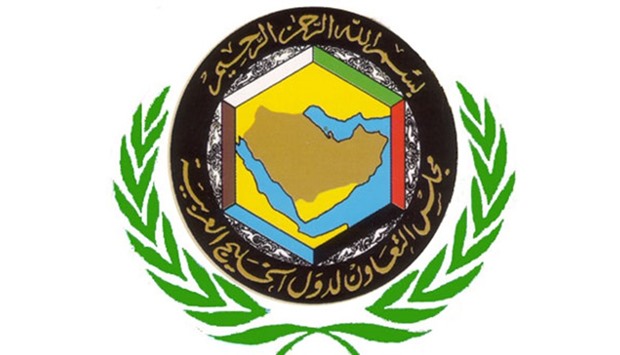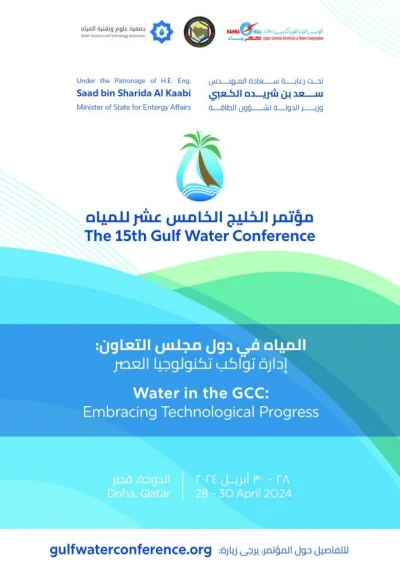The Gulf Cooperation Council (GCC) banks, which are expected to witness slowdown in credit off-take for the next five years and face pressure to strengthen their capital base in view of Basel III norms, could however earn higher interest earnings from increased sovereign debt issuances and the opening up of Iran’s market, according to BMI.
“The GCC banking sector is facing the strongest headwinds since the global financial crisis as a combination of drawdowns in government deposits, reduction in capital expenditure projects, and the resultant tightening in liquidity take hold,” said BMI, a Fitch company.
Forecasting that aggregate credit to expand by only 5.5% this year, which is “significantly” well below the annualised 11.4% growth in 2011-15, it said “this slowdown will be sustained over the coming five years.”
Highlighting that the prime factor in lending slowdown was the oil price decline and the resultant shift in the Gulf sovereigns’ position from a net creditor to net debtor, it said a modest recovery in oil prices (with Brent seen averaging $57 and $60 in 2017 and 2018) would ensure a significant drop-off in fiscal revenues for the Gulf countries compared with previous years.
To finance these deficits, a partial drawdown in government deposits could be expected, it, however, said.
Quoting international rating agencies that found sovereign deposits account for 10% to 35% of Gulf bank’s non-equity financing, BMI said “these deposits, which tend to be cheaper for banks than tapping wholes ale funding markets, have kept the banks highly liquid, while boosting profitability.”
Moreover, 2017 budgets across the region show a contraction in public spending – a trend it expects to continue as oil prices stay low for several years.
“This will delay major capital expenditure projects, thus reducing opportunities for regional banks to finance large state-led development projects which have been a key source of profitability over the past five years,” it said.
More generally, the prolonged fall in oil prices would lead to slower deposit growth across most of the GCC, it said, adding lending growth would also be hit by rising interest rates.
After the US Federal Reserve hiked its benchmark rate by 25 basis points (bps), the Gulf central banks had also made a similar increase in the interest rates across the GCC at the end of 2016 with another 25 bps likely by this year end.
Stressing that compliance with Basel III would have a “minor” impact on lending activity in the GCC, BMI said the norms (which will be phased-in from 2017 through the introduction of the net stable funding ratio and a new capital surcharge for systematically important banks) would “continue to put pressure on banks to strengthen their capital positions.”
Although capitalisation is generally solid and only few significant risks are foreseen to banking sector stability in the GCC, it said a high concentration of lending among a limited number of parties is a concern for some.
However, there are a couple of “bright spots”, BMI said, adding the GCC governments’ reliance on debt would help banks to diversify their revenues and balance sheets and should drive margin expansion over the near term.
“Banks are also exploring segments with longer-term growth potential, including expansion into overseas markets (in the cases of the UAE and Qatar), real estate finance (Saudi Arabia), and small and medium enterprises lending (Oman),” it said.
Also finding the prospects for GCC banks in Iran, it said the removal of most sanctions presents perhaps the most exciting overseas opportunity for regional banks in years, although it would be primarily limited to the UAE, Oman and Qatar.
“While Iran’s banking sector offers significant potential for Gulf countries facing saturation in their domestic markets, there are significant restraints,” BMI said, finding that Iranian banks’ non-performing loans are officially at 14% but more likely closer to a quarter of all loans.
Business / Business
Increased sovereign debt issuances, opening up of Iran market to benefit Gulf banks, says BMI

GCC



